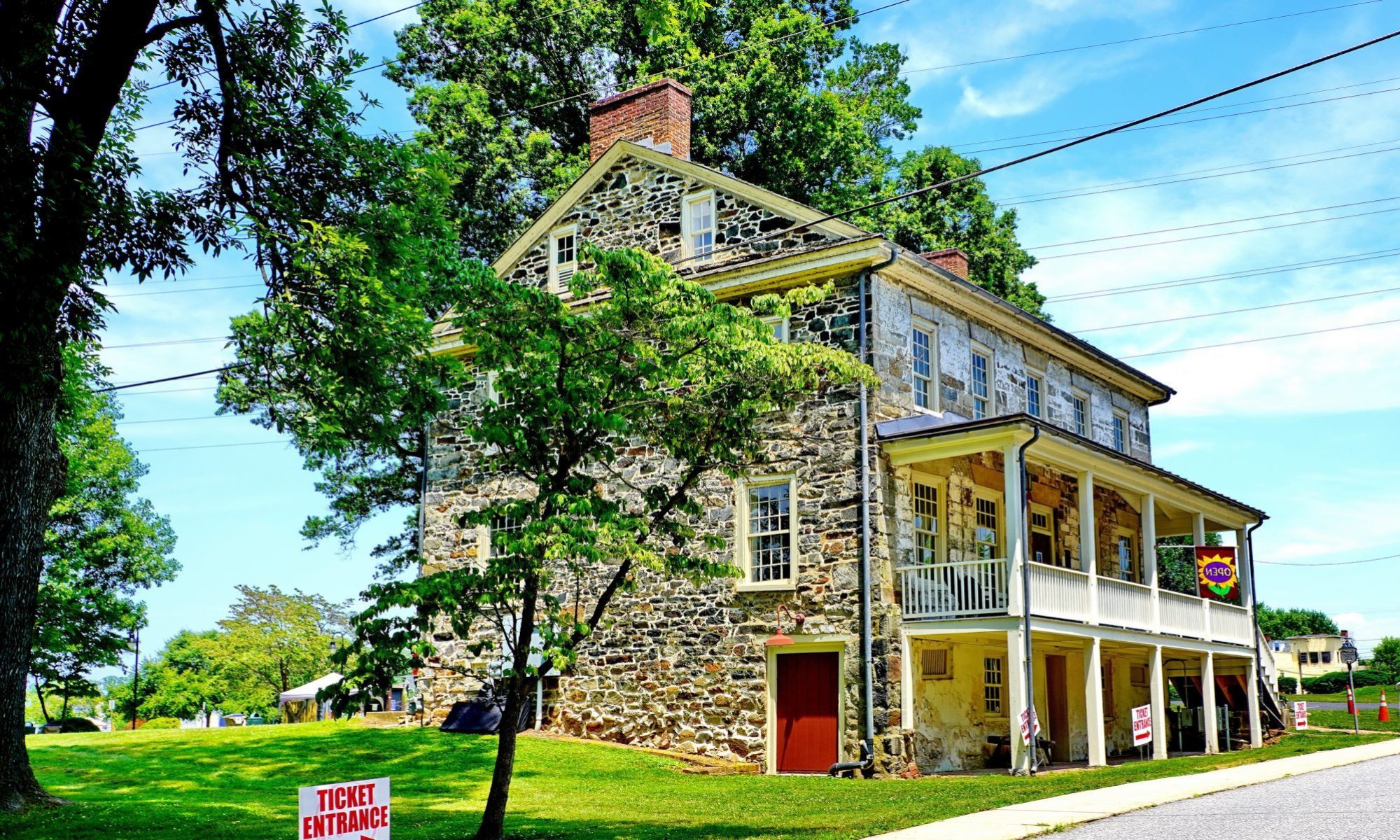One-hundred-two years ago, a mysterious killer, the so-called Spanish Influenza, came calling in Cecil County Reports of the outbreak in northeastern Maryland first trickled in from Aberdeen Proving Ground in the middle of September 1918 as the virus took a deadly toll.
Within weeks, the flu exploded locally, as the sickness got a firm grip on Cecil County, expanding at an alarming rate. Ripping across the area, many residents became gravely ill, and an appalling number of deaths occurred. Nonetheless, this wasn’t an occasion for panic public health officials stated, although the spreading disease called for drastic steps.1,2,3

Local physicians on the home front for this fight braced for the battle with the deadly bug. Throughout October, physicians kept on the move, rushing from home to home day and night while snatching brief rest periods. They found it necessary to give daily attention to only the most critically ill as the medical men received more calls than they could handle, their ranks already thinned by military duty. Also, many of the remaining doctors were incapacitated for periods as they too fell victim to the malady.
Physicians warned that “precaution” was the best way to avoid the Spanish Influenza. They advised not to congregate in crowded places, nor use common towels or drinking cups. Also, people should wear clothing appropriate for the temperature, sleep with windows open as fresh air was a good germicide, and not allow oneself to become fatigued. Regular habits, good food, and exercise were excellent preventatives, they concluded.4
All Places of public assembly closed
Hoping to stamp out the spreading germs, the Cecil County Board of Health acted promptly, ordering all public places where people assembled to shutter their doors beginning Wednesday, October 2, 1918. Such a quarantine, the shutting down of schools, houses of worship, theaters, and all public gatherings, was new, but people cooperated, newspapers reported.
That first Sunday, a striking, unrivaled silence fell on Cecil County, not a church bell ringing while on the streets few people, automobiles, or other vehicles were around. Six days later, the Maryland Board of Health issued a statewide order, noting that public gathering places where large numbers were likely to congregate played an essential part in the dissemination of the disease. The health official added that as the virus showed alarming signs of assuming severe proportions, the situation called for serious measures.5
The pandemic also hit the patriotic campaign to sell liberty bonds to finance the war. The drive was underway when the Board of Health shut things down, including several fairs, which involved having a squadron of airplanes fly over the gatherings.
With shortages of nurses already existing across the nation because of the war, the burden on Union Hospital was particularly hard.6 A month before the outbreak, the institution’s superintendent, Miss Campbell, and three of the nurses, Miss McGready, Miss Alderson, and Miss Storey, enlisted in the overseas service of the Red Cross. In October, it was reported that the hospital was full of patients while the virus incapacitated many staff members, reducing the institution’s ability to admit and care for the gravely ill.7
Doctors, Nurses, Druggists & Undertakers
Others contributing to the brave, untiring fight needed to handle the crisis were overstretched. Druggists compounding medicines for the afflicted labored long hours, but supplies of quinine, aspirin, and other essential drugs and patent medicines held out. The undertakers of Cecil County were on the go day and night. But the funeral directors reported shortages of caskets, the manufacturers being unable to keep up with the enormous demand across the nation. And the pandemic filled cemeteries in its wake, the gravediggers digging so many graves that they were worn out.
Many businesses shut down on account of illness. The Jewelry store of J. J. Minster closed for several days while in North East, editor Geo. O. Garey up against the flu shut the publication down for eight days.8 This was the first time in its 36 year history that it had missed an edition.
On the Octoraro Branch Railroad, some freight trains failed to run because crews were ill. Also, trains operated without mail clerks or express messengers in some cases, and section crews maintaining the rails operated with reduced numbers.9
As October faded into November, those in touch most closely with the epidemic – the doctors, nurses, undertakers, and druggists – noted that the emergency showed a marked improvement.10 These brave Cecil County caregivers had put up a heroic, untiring fight and they reported that “victory was now theirs,” few new cases being recorded. And on October 27, the Cecil County Board of Health lifted the ban on public gatherings.

For more information on the Spanish Influenza see part I — The Spanish Flu Shutdown Cecil County.
Endnotes- “Hands of Death Still Sadly Felt, Influenza Epidemic Claims Many More Cecil County Victims,” Cecil County News, October 16, 1918[↩]
- Rising Sun, Town Pierced by Flu, Oxford Press, Oct. 17, 1918[↩]
- “Spanish Influenza, Is This Mysterious Infection a New Kind of German Offensive,” Midland Journal (Rising Sun), Oct. 4, 1918[↩]
- “Uncle Sam’s Advice on Flu, U.S. Public Health Service Issues Official Health Bulletin on Influenza,” Cecil County News, Oct. 12, 1918[↩]
- “All Meetings in Maryland Closed,” Cecil County News, October 6, 1918[↩]
- Union Hospital of Cecil County, 1918. Tenth Annual Report Of The Union Hospital Of Cecil County, Elkton, MD.. Tenth Annual Report. Elkton: Union Hospital of Cecil County, pp.25-27.[↩]
- “Nurses Wanted,” classified advertisement, Cecil County News, October 2, 1918[↩]
- “Minor Locals,” Cecil County News, Oct. 16, 1918[↩]
- Fighting the Flu, Physicians, Nurses, and Red Cross Workers Busy Day and Night,” Oxford Press, October 10, 1918[↩]
- “Cecil County Letter,” Cecil County News, Oct. 24, 1918[↩]


















